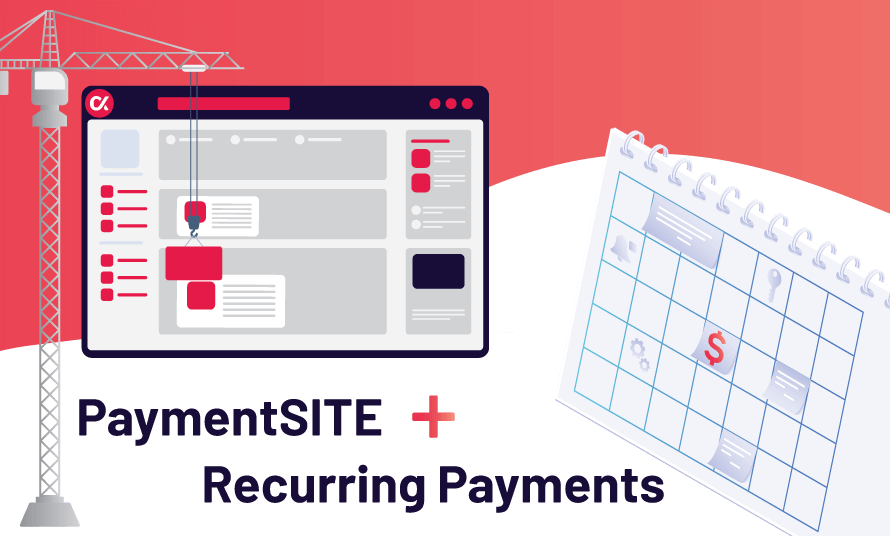
Effective access entails providing easy and responsible service at a cost that is reasonable to the client and sustainable for the supplier, resulting in financially disadvantaged people using formal financial services rather than existing informal options".

GCAP (Global Partnership for Financial Inclusion) defines financial inclusion as "a state in which all working-age individuals have adequate access to formal service providers for credit, savings, payments, and insurance. This system has used cutting-edge digital technology to provide quick and flexible services to meet client transaction needs.īut then, how can open banking accomplish financial inclusion?īefore that, let's first talk about financial inclusion. Through this advancement, financial service customers can securely communicate financial data with other financial institutions by relying on a network rather than a traditional centralized bank system. Open banking is a system that provides a financial institution data network to users through an API (Application Programming Interface). This is where open banking as a solution comes into play. Most existing banks apply conventional procedures and practices that often skew the public's financial situation. However, traditional banks are less suited to provide these services.

Even financial inclusion has the potential to increase the country's GDP by 14-30% in emerging countries like India and Kenya. A report from Ernst & Young proves that the more access to banking, saving, and lending services a country has, the higher its GDP level will be. In fact, financial exclusion significantly impacts a country's GDP.


 0 kommentar(er)
0 kommentar(er)
